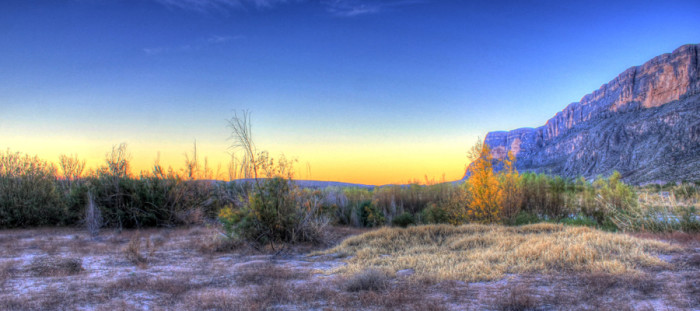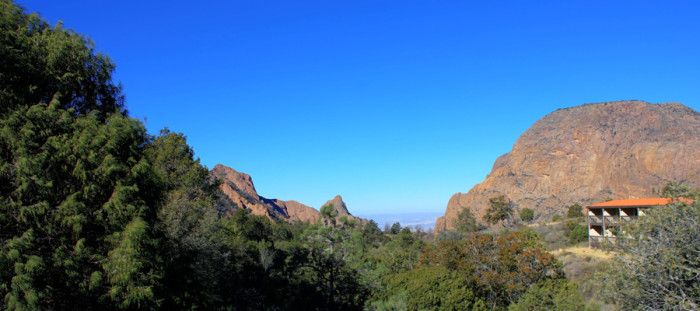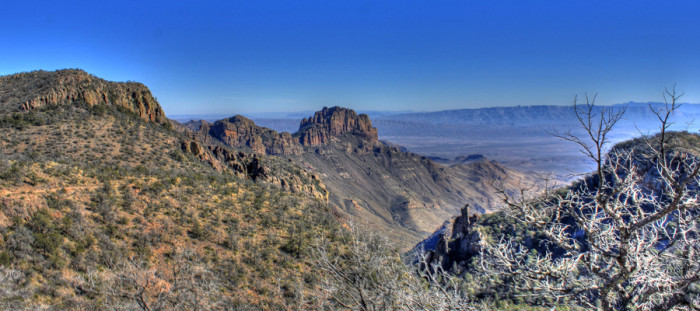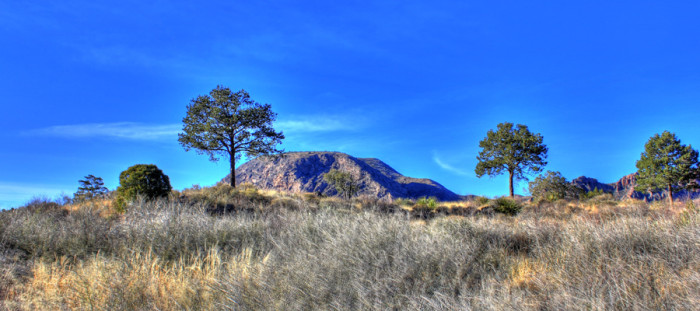This article was written by Patrick Reznik, Attorney at Braun & Gresham, PLLC an Austin, Texas-based law firm affiliated with our friends at Plateau Land & Wildlife Management.
As Texas continues to grow its infrastructure across the state’s private rural lands, potential litigation related to old easements is becoming a more serious issue. Buyers of rural land often fail to identify the existence of “unmaintained,” but legal “blanket” easements in the title commitments. Blanket easements may allow the company to use the whole property for its purposes. This can leave landowners vulnerable to the legal rights of oil and gas pipeline companies or electric utilities that may decide to upgrade, maintain or construct new facilities on the land after decades of inactivity.
Some of my clients recently came home from work to discover that a pipeline company had cleared more than a 100-foot wide strip of old growth trees directly in front of their home. They chose this property because of the beautiful view. The company said it needed to “maintain” its easement and install some corrosion control devices, which it never installed. Understandably, these landowners believe their land has been seriously devalued.
Purchasing land is a serious investment. Thus, fully understanding the liabilities associated with the purchase of a property is essential. These old easements are generally listed as exceptions to the title policy. The buyer should request these documents from their title company and carefully review the language with an attorney. Without careful review, a buyer may not realize a permanent easement exists under the old growth of an oak grove which was part of what incentivized the buyer to purchase this particular property in the first place. This could surface as a serious liability to the value of the property. Especially, if a company, without advanced notice to the landowner, decides to maintain or construct on its old easement by cutting down all those trees.
In a separate case, and without notice to the landowner, a company cleared multiple 50-year-old native oak trees along a 75 foot wide strip in order to install an additional pipeline. To the owners’ amazement, the old easement called for paying only “twenty-five cents per lineal rod”! In both of these cases, the companies had blanket easements on the properties, and the owners were not aware of the old easements when they purchased the properties.
In certain circumstances, for pipe laid under the threat of eminent domain prior to January 1, 1994, Texas law limits the width of pipeline easements to 50 feet. Pipeline companies who clear beyond those 50 feet may be subject to a valid lawsuit and be responsible for monetary damages.
By reviewing the current easements on a property, Braun & Gresham, PLLC has helped landowners identify the current liabilities and their legal impacts, as well as provided sound advice on whether better terms may be negotiated with the easement owner. We recently re-negotiated an old blanket easement to define the exact location and width of a pipeline easement, protecting the rest of the property from the blanket easement. We have also recently helped a landowner convince the title company, who argued a telephone easement was a blanket easement, to remove it from its exceptions to the title policy.
Regardless of whether you recently purchased your property or it has been in the family for 100 years, it is important to understand the easements that impact your land and its value. Understanding your property rights also applies to newly negotiated easements that will likely last for many future generations. With the assistance of an attorney, you or future owners may be able to avoid unwanted litigation or the heartbreak of losing one of your favorite features on the property.




